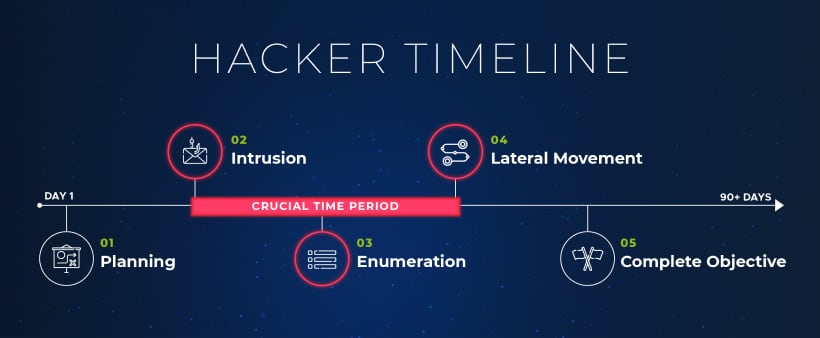Malware-Free Attacks & Lightning Fast Breakouts: The New Normal
10/18/20251 min read


Fileless attacks, living-off-the-land and ultra-fast lateral movement are changing detection and response priorities.
Introduction
The era of noisy ransomware binaries is being supplemented (and sometimes replaced) by malware-free techniques: attackers leverage legitimate admin tools, stolen credentials, and automation to move quickly and quietly — making early detection critical.
Trend explanation & data
Recent threat reports indicate a substantial share of intrusions are “malware-free”, leveraging living-off-the-land binaries and scripts rather than packed malware. CrowdStrike and other threat hunters note this shift. CrowdStrike+1
Vendors observe dramatically shorter dwell times and breakout intervals: adversaries automate lateral movement and exfiltration, compressing attack cycles. (See threat hunting and incident response reports for speed metrics.) dlt.com
Real-world examples
Fileless campaigns & credential abuse: Over the past year, threat intel teams observed attackers using PowerShell, WMI, and cloud CLI tools to pivot across environments without dropping traditional malware. dlt.com
Why defenders struggle
EDR signature-based detection struggles with legitimate tool misuse. Network visibility, telemetry correlation and threat hunting are now essential to detect subtle TTPs. CrowdStrike
Best practices & recommendations
Enable robust telemetry & logging across endpoints, identity, and cloud services. Correlate identity and endpoint signals to detect anomalous tool use. dlt.com
Harden identities: enforce phishing-resistant MFA, limit privileged standing accounts, and review credential hygiene frequently. dlt.com
Proactive threat hunting & purple team drills: simulate living-off-the-land attacks and validate detection rules. CrowdStrike
Conclusion & outlook
Malware-free techniques will remain attractive to adversaries because they evade signature defenses. Organizations must shift to telemetry-rich, identity-aware detection and rapid incident response to keep pace. dlt.com
